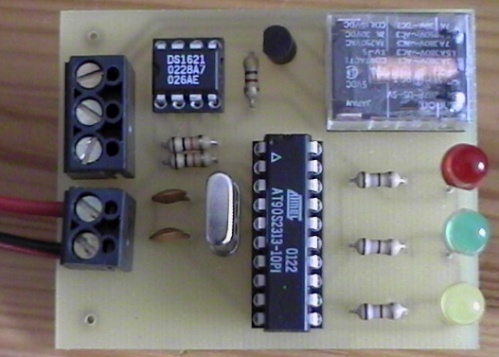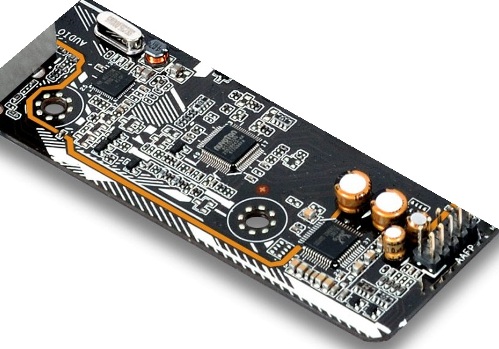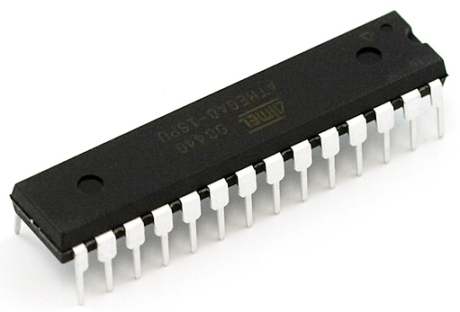Microcontroller Applications
Due to the fact that the current microcontrollers have a sufficiently high computing power, which allows only one small microcircuit to implement a fully functional device with a small size, moreover, with low power consumption, the price of directly completed devices is becoming lower and lower.
For this reason, microcontrollers can be found everywhere in electronic units of completely different devices: on computer motherboards, in controllers of DVD drives, hard and solid-state drives, in calculators, on control panels of washing machines, microwave ovens, telephones, vacuum cleaners , dishwashers, indoor household robots, programmable relays and PLCs, in the machine control modules, etc.
One way or another, practically no modern electronic device can do today without at least one microcontroller inside it.

Although 8-bit microprocessors are a thing of the past, 8-bit microcontrollers are still widely used today. There are many applications where high performance is not required at all, but the critical factor is the low cost of the final product.Of course, there are more powerful microcontrollers capable of processing large streams of data in real time (video and audio, for example).
Here is a short list of microcontroller peripherals from which you can draw conclusions about the possible areas and available areas of applicability of these small chips:
-
universal digital ports configured for input or output;
-
various I/O interfaces: UART, SPI, I? C, CAN, IEEE 1394, USB, Ethernet;
-
digital-to-analog and analog-to-digital converters;
-
comparators;
-
pulse width modulators (PWM controller);
-
timers;
-
brushless (and stepper) motor controllers;
-
keyboard and display controllers;
-
radio frequency transmitters and receivers;
-
built-in arrays with flash memory;
-
built-in watchdog timer and clock generator.

As you already understood, a microcontroller is a small microcircuit on which a small computer is mounted. This means that inside a small chip there is a processor, ROM, RAM and peripherals that are able to interact both with each other and with external components, you just need to load the program into the microcircuit.
The program will ensure the operation of the microcontroller as intended — it will be able, according to the correct algorithm, to control the surrounding electronics (in particular: household appliances, car, nuclear power plant, robot, solar tracker, etc.).

A microcontroller's clock frequency (or bus speed) reflects how many calculations the microcontroller can perform in a unit of time. Thus, the performance of the microcontroller and the power consumed by it increases as the bus speed increases.
The performance of a microcontroller is measured in millions of instructions per second — MIPS (Million Instructions per Second). Thus, the popular Atmega8 controller, executing one complete instruction per clock cycle, achieves a performance of 1 MIPS per MHz.
At the same time, modern microcontrollers from different families are so versatile that the same controller, reprogrammed, can control completely different devices. It is impossible to limit yourself to one area.
An example of such a universal controller is the same Atmega8, on which they assemble: timers, clocks, multimeters, home automation indicators, stepper motor drivers etc.
Among the popular manufacturers of microcontrollers we note: Atmel, Hitachi, Intel, Infineon Technologies, Microchip, Motorola, Philips, Texas Instruments.
Microcontrollers are classified mainly by the bitness of the data that the arithmetic-logic device of the controller processes: 4, 8, 16, 32, 64 — bits. And 8-bit, as noted above, has a significant market share (about 50% in value). Next come 16-bit microcontrollers, then DSP-controllers used for signal processing (both account for 20% of the market).
